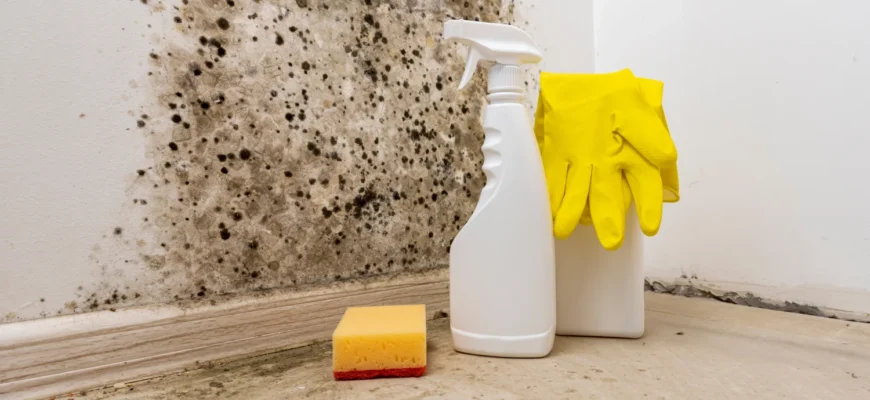In the world of property restoration and mitigation, combating microbial growth is a significant challenge, especially in the aftermath of water damage, fires, or mold infestations. An effective tool in this battle is the use of anti-microbial agent sprays. These sprays play a crucial role in preventing and controlling microbial growth, thus safeguarding both structures and health. This article delves into the usage and benefits of anti-microbial agent sprays in mitigation efforts.
1. Composition and Function
- Overview: Anti-microbial agents are substances designed to inhibit the growth and spread of microorganisms such as bacteria, viruses, fungi, and mold. When formulated as sprays, they become easy to apply over large areas and on various surfaces.
- Active Ingredients: These sprays typically contain substances like quaternary ammonium compounds, phenolics, or alcohol, known for their anti-microbial properties.
2. Usage in Mitigation Processes
- Water Damage Restoration: After a flood or plumbing failure, surfaces can become breeding grounds for microbes. Spraying anti-microbial agents helps prevent the growth of mold and bacteria, particularly in hidden or hard-to-reach areas.
- Fire and Smoke Damage Restoration: Post-fire cleanup often involves dealing with soot and water remnants. Anti-microbial sprays can be used to prevent mold growth due to water used in extinguishing the fire.
- Mold Remediation: In mold remediation, these sprays are used post-cleanup to treat areas where mold was removed, preventing recurrence.
3. Application Methods
- Direct Spraying: The most common method, involving spraying the agent directly onto surfaces.
- Fogging: For larger or more complex spaces, foggers can disperse the anti-microbial agent as a fog, ensuring more uniform coverage.
4. Safety and Precautions
- Personal Protective Equipment (PPE): Users should wear appropriate PPE, including gloves and masks, to avoid inhalation or skin contact with the spray.
- Ventilation: Proper ventilation is necessary during and after application to disperse any fumes and ensure a safe environment.
5. Benefits of Anti-Microbial Sprays
- Preventing Microbial Growth: The primary benefit is the prevention of harmful microbial growth, crucial in maintaining a healthy environment.
- Odor Control: Many of these agents also help in controlling odors associated with microbial growth.
- Versatility: Suitable for various surfaces and situations, making them a versatile tool in different mitigation scenarios.
6. Considerations for Selection
- Type of Microorganism: Different sprays are effective against different types of microorganisms, so selecting the right one based on the situation is crucial.
- Surface Compatibility: Ensure the spray is suitable for the surfaces being treated to avoid damage.
Anti-microbial agent sprays are invaluable in mitigation efforts, offering a practical and effective means to control and prevent microbial growth. Their application following water or fire damage, or in mold remediation, helps maintain healthy environments and prevent further damage. While their benefits are significant, proper usage and safety precautions are vital to maximize effectiveness and ensure safety. As part of a comprehensive mitigation strategy, anti-microbial sprays play a pivotal role in restoration and protection.
